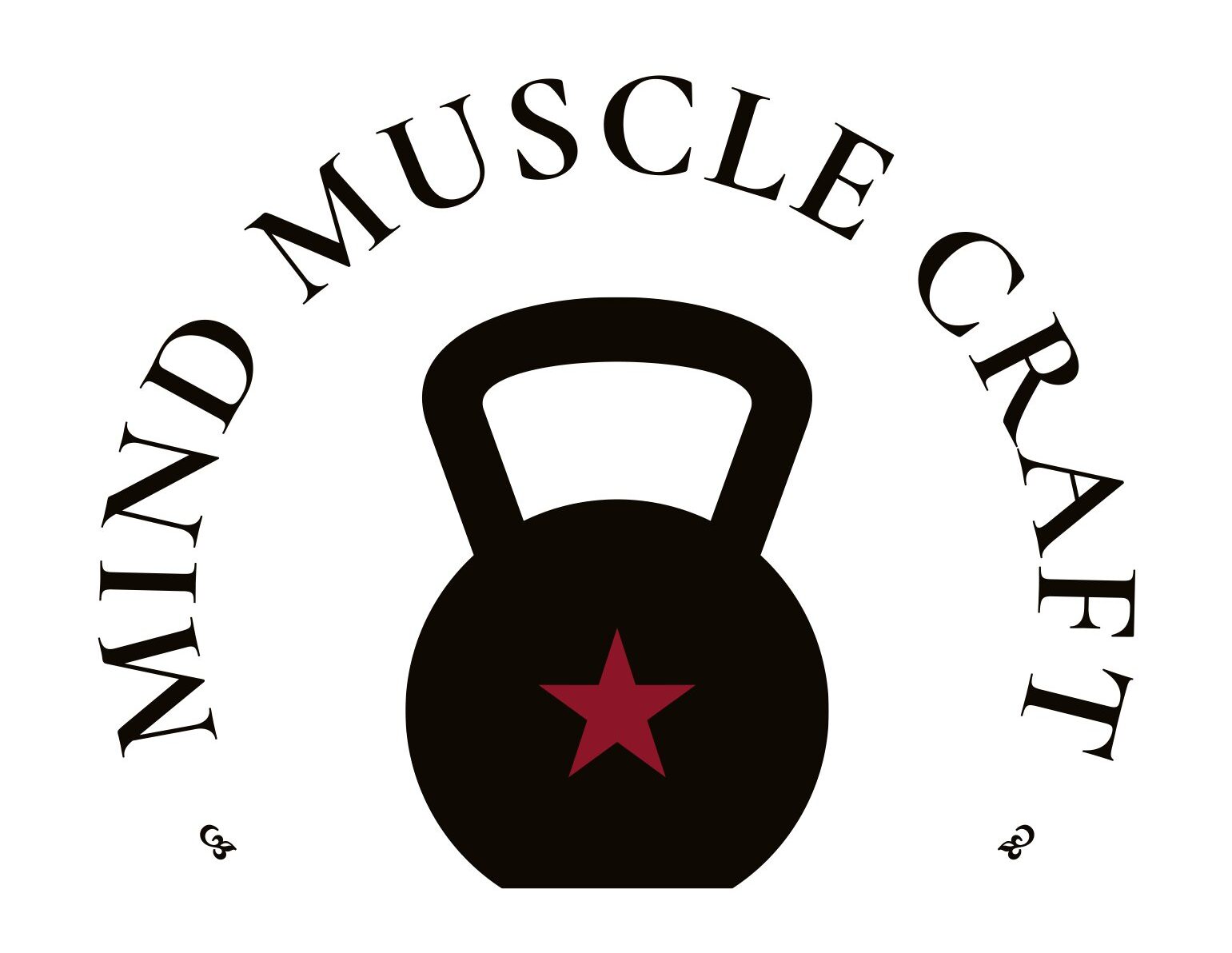Introduction: In the ever-evolving landscape of fitness, discovering versatile and time-efficient workout methods is key. One such powerhouse that seamlessly integrates strength and cardiovascular training is Complexes Training. This dynamic approach offers a comprehensive, full-body workout, making it an ideal choice for those seeking maximum results in minimal time.
Understanding Complexes Training:
The premise of Complexes Training is straightforward yet highly effective. Start by selecting two or more exercises that use the same implement and load—whether it’s a barbell, dumbbell, kettlebell, or cable. The exercises are then performed consecutively in a back-to-back fashion. The beauty lies in the seamless transition between movements, eliminating the need for rest between exercises.
Key Elements of Complexes Training:
- Exercise Selection: Choose compound exercises that engage multiple muscle groups, ensuring a holistic workout experience.
- Sequential Performance: Execute each chosen exercise in succession without resting between movements, maintaining a continuous flow.
- Repetition Scheme: Decide on the number of repetitions and sets for each exercise, tailoring the workout to your fitness level and goals.
- Load Determination: The load is determined by your weakest exercise movement. This ensures a balanced and challenging workout for all components of the complex.
Creating Your Complex:
- Exercise Pairing: Select two or more exercises that complement each other and flow smoothly.
- Repetition and Set Structure: Choose the number of repetitions and sets based on your fitness level and the load you plan to use.
- Implementation: Perform the exercises back-to-back, completing the entire complex without putting down the implement until the set is finished.
Example Complex Prescription:
Complex: Barbell Front Squat, Push Press, Bent Over Row
Repetitions: 3 sets of 10 repetitions for each exercise
Implementation: Perform 10 reps of the front squat, immediately transition to 10 reps of the push press, and finish with 10 reps of the bent-over row without putting the barbell down. This completes one set.
Rules of the Complex:
- Smooth Transition Pattern: Exercises should flow seamlessly from one to the next.
- Continuous Implementation: The implement cannot be set down until the entire set is completed.
- Load Determination: Determine the load based on your weakest exercise movement for a balanced challenge.
Benefits of Complexes Training:
- Efficiency: Achieve a high volume of work in a condensed timeframe.
- Functional Strength: Engage multiple muscle groups, promoting functional strength and coordination.
- Metabolic Boost: Elevate your heart rate and burn calories with the combined strength and cardiovascular elements.
Getting Started with Complexes Training:
- Start Simple: Choose a few exercises and gradually increase complexity as you become more comfortable.
- Focus on Form: Emphasize proper form to ensure safety and effectiveness.
- Adapt to Your Fitness Level: Modify the number of exercises, repetitions, and sets based on your individual needs and goals.
Conclusion: Complexes Training stands as a versatile and potent tool in the fitness arsenal, offering a challenging yet time-efficient way to enhance strength, cardiovascular fitness, and overall conditioning. As you embark on your journey with complexes, embrace the seamless transitions, adhere to the rules, and witness the transformative power of this dynamic training method. Elevate your fitness routine and discover the unparalleled benefits that Complexes Training can bring to your wellness journey.


Recent Comments